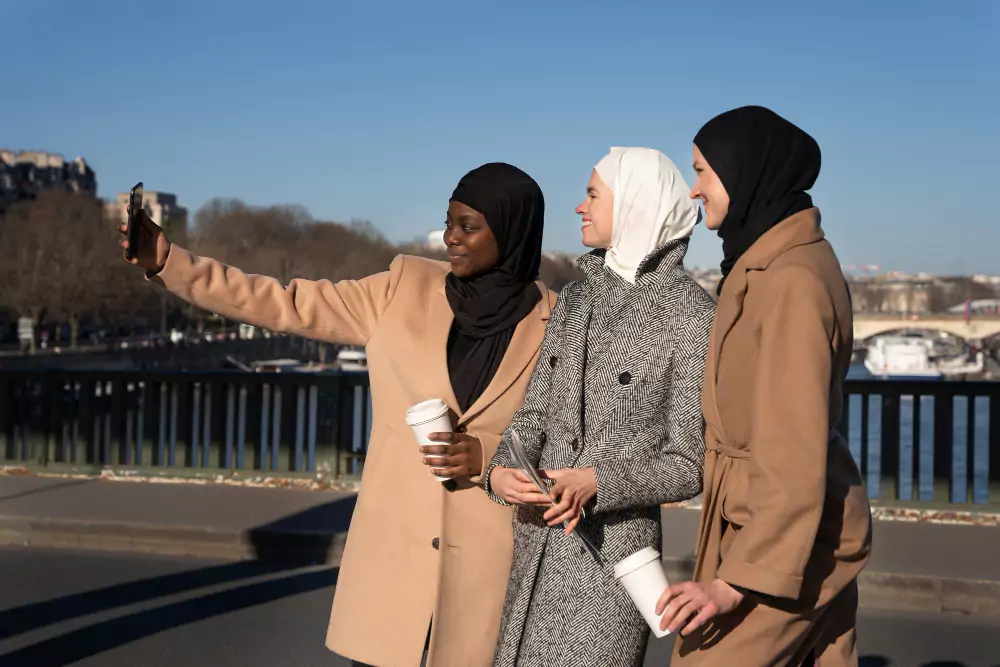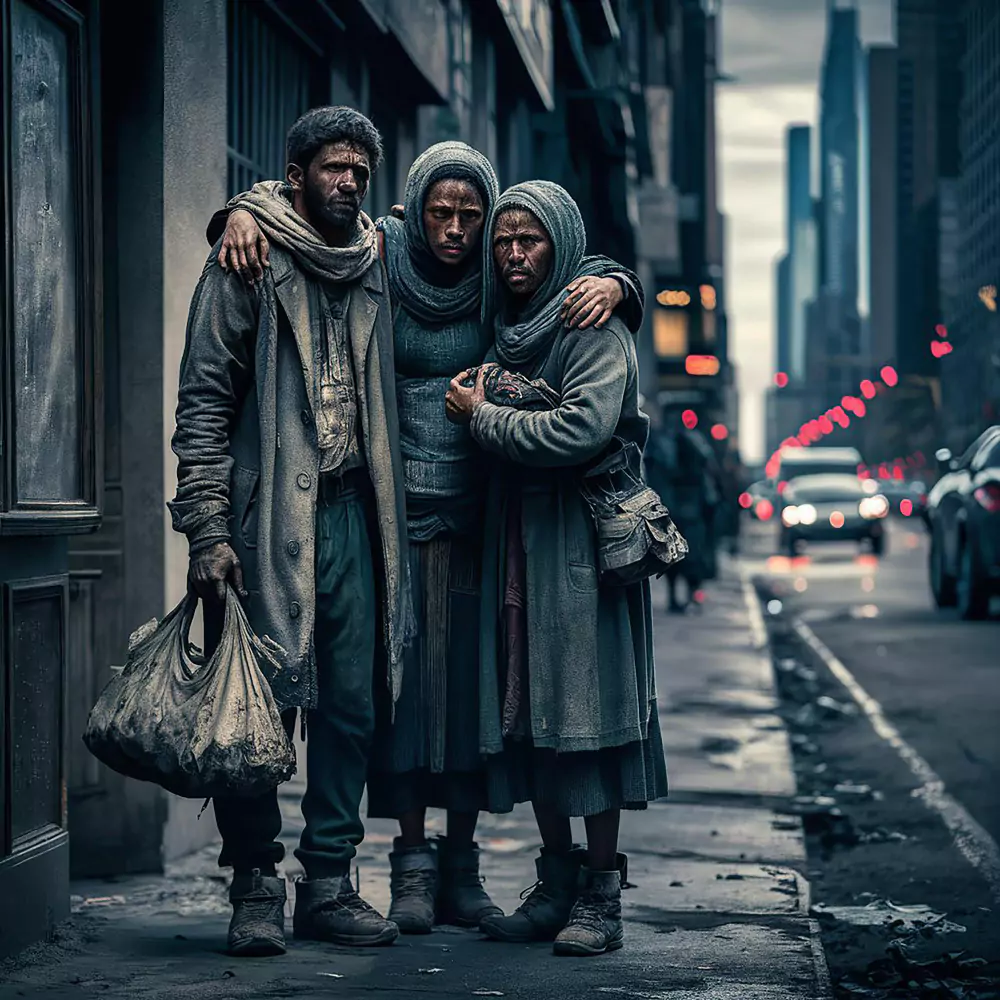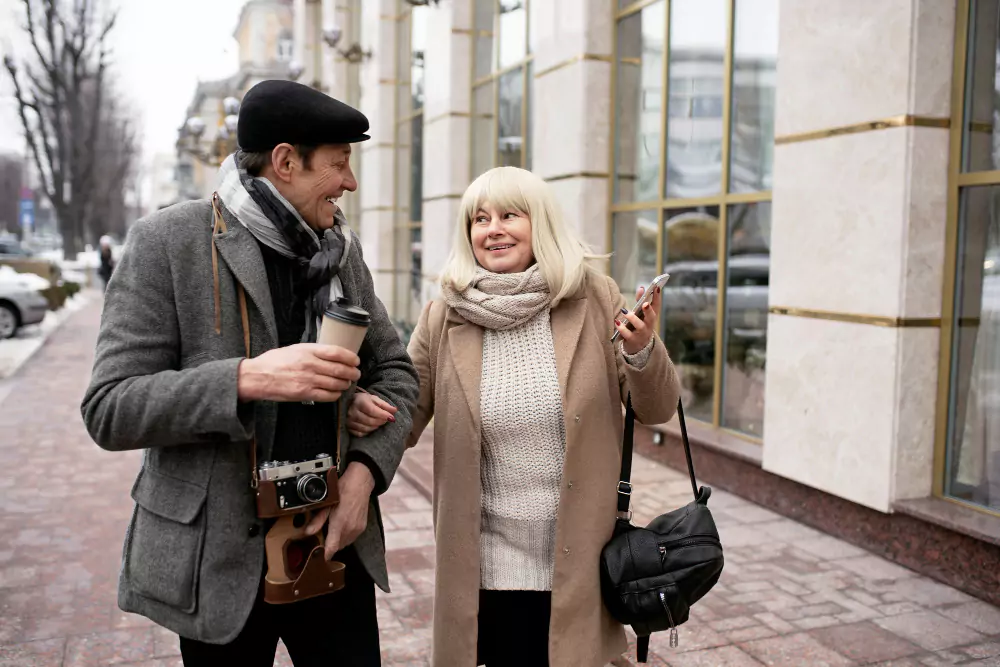Introduction: The Flourishing Muslim Presence
New York City, a melting pot of cultures and ethnicities, has seen a remarkable increase in its Muslims in New York population. This growth reflects broader trends within the Muslim community in the USA and highlights the city’s role as a vibrant social oasis home for diverse groups, including significant Muslim demographics. Understanding this growth provides insights into the cultural fabric of New York and the dynamics that shape urban multiculturalism.
Historical Overview of Muslims in New York
The history of Muslims in New York dates back several decades, with waves of immigrants from various Muslim-majority countries settling in the city. These early settlers laid the foundation for a robust Muslim community that has expanded significantly over the years. The growth has been bolstered by subsequent generations and new immigrants, making New York one of the most diverse Muslim-populated cities in the United States.

Demographic Trends and Population Growth
Recent demographic studies show that Muslims in New York are one of the fastest-growing religious groups in the city. This growth is not just in numbers but also in the visibility and influence of Muslims in the city’s social, economic, and political spheres. The diversity within the Muslim community in New York is as varied as the city itself, with people of different ethnicities, cultures, and traditions coming together, forming a microcosm of the global Muslim diaspora.
Contributions to the City’s Socio-Economic Fabric
Muslims in New York have played a pivotal role in the socio-economic development of the city. From running successful businesses and medical practices to engaging in civic activities and community service, their contributions are multifaceted. These endeavors not only boost the local economy but also foster community cohesion and intercultural dialogue, reinforcing the city’s reputation as a global hub.
Educational Achievements and Institutional Growth
The educational sector within New York’s Muslim community has seen significant achievements. Numerous Islamic schools and educational programs have been established, focusing on high academic standards combined with religious education. These institutions serve as crucial developmental platforms for young Muslims in New York, preparing them to be well-rounded individuals who contribute positively to broader society.
Cultural and Religious Infrastructure
The infrastructure that supports the Muslims in New York is expansive. The city boasts several mosques and Islamic centers that serve as both places of worship and community gathering spots. These institutions are integral to the spiritual and social lives of the Muslim community, offering various services that go beyond religious functions, including counseling, charity drives, and youth programs.
Challenges Faced by the Community
Despite the growth and contributions, Muslims in New York face several challenges. Issues such as discrimination, cultural integration, and representation in public and political domains are ongoing. However, the community’s resilience and proactive approach in addressing these challenges have led to significant advancements, including better interfaith relations and increased Muslim representation in civic matters.
Impact of Global Events
Global events, including geopolitical conflicts and international policies, have impacted Muslims in New York significantly, influencing public perception and policy at local and national levels. The community has navigated these complexities by strengthening advocacy and outreach efforts, which have been crucial in educating the wider public and mitigating biases.

Future Outlook: Integration and Influence
The future of Muslims in New York looks promising, with ongoing integration into the city’s tapestry and an increasing influence in various sectors. As the community grows, its potential to shape local culture and policies also expands. The ongoing efforts to enhance educational, economic, and social opportunities for Muslims in New York are likely to further solidify their role as an integral part of the city’s dynamic population.
Conclusion:
A Microcosm of Global Muslim Dynamics New York City, as a social oasis home for Muslims in New York, exemplifies the dynamic nature of urban multiculturalism. The growth of the Muslim community in this metropolis mirrors larger trends seen in other cities like Muslims in Chicago and Muslims in New York across the USA. This demographic insight into Muslims in New York not only highlights the community’s flourishing presence but also its pivotal role in shaping a diverse and inclusive American society. As this community continues to grow and integrate, it promises to contribute even more vividly to the cultural and social landscape of New York City and beyond.


